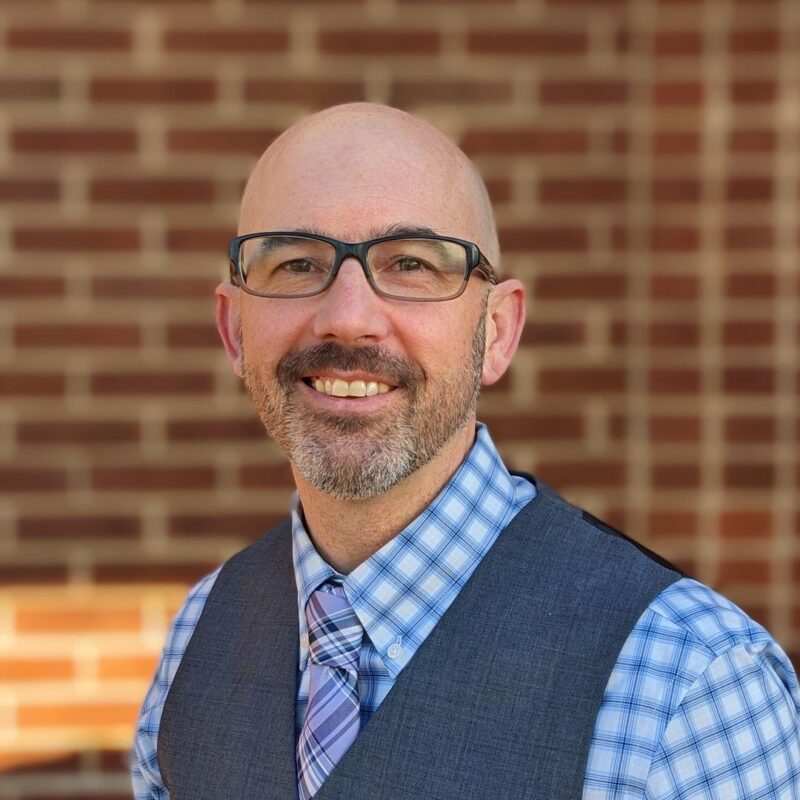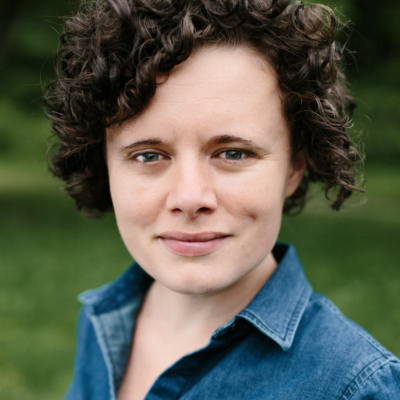Doubtless, Ridge Schuyler spent part of his Thanksgiving thinking about the 20 percent of Charlottesville families whose total income beats poverty guidelines, but leaves them unable to pay bills. Since September, the former district director for one-term U.S. Congressman Tom Perriello has been busy with his plan to generate $20 million to $30 million in new business to push those families to self-sufficiency.
|
Neighborhoods highlighted in orange, including spots along Cherry Avenue and Ridge Street, are home to many of Charlottesville’s low-wealth areas, and businesses that could receive greater contract opportunities.
|
That month, Schuyler and colleague Meg Hannan unveiled the Orange Dot Project, which quantified the annual local income deficit (“the difference between what these parents currently earn and what they would need to earn to become independent”) and proposed a solution. Now, Orange Dot’s answer—creating a job hub to connect underrepresented local businesses with “economic powerhouses” like the University of Virginia, and subcontracting employees from low-wealth families—is moving closer to reality.
Schuyler told C-VILLE that the Orange Dot job hub will soon be incorporated. That hub will be able to represent local businesses at procurement fairs held by UVA or Martha Jefferson Hospital, or respond to requests for proposals from local governments on behalf of small businesses that may lack manpower to be multiple places at once.
“That hub is really the mechanical way to connect all the economic activity around us with these communities where people in need are living,” said Schuyler. Orange Dot originally stated that the hub may be launched as early as December. Schuyler said the Orange Dot hub will be launched with seed money, and cover its costs with a sliver of contract fees.
Part of Orange Dot’s formula relies on linking large local businesses with smaller outfits. Schuyler told C-VILLE that institutions like UVA, which spends hundreds of millions of dollars on goods and services, are open to buying from local vendors, but “can’t find them.”
Orange Dot’s action plan also relies on job preparation and capital. The Thomas Jefferson partnership for Economic Development will survey residents of Charlottesville’s low-wealth areas (see map) to assess community skills and needs on behalf of Orange Dot. Last month, C-VILLE broke news of a new microfinancing initiative called the Community Investment Collaborative (CIC), which aspires to provide local start-ups with essential early-stage loans outside of banking systems that might not reward small-scale operations. Schuyler is a member of CIC’s leadership team.
Orange Dot can also inform local business owners about beneficial federal programs like the Small Business Administration’s HUBZone system. HUB, which stands for Historically Underutilized Business, gives certified local businesses greater consideration for federal contract work. However, those businesses may not know about the certification requirements or the potential benefits.
Many of the businesses that might benefit from a program like HUBZone are located in the same low-wealth communities identified by Schuyler and Orange Dot. Businesses in Cherry Avenue and Ridge Street—where median family income is $31,906—are eligible for greater federal contracts, so long as they employ members of the struggling families in their midst.
In addition to his role with Orange Dot, Schuyler is a member of Charlottesville’s Section Three steering committee. Section Three, part of the Department of Housing and Urban Development, gives contract preference to low-income residents and businesses where HUD money is spent. Tierra Howard, hired in July as Charlottesville’s first full-time Section Three Coordinator, is building resident and business registries that could put local names to many of Schuyler’s numbers.
“A lot of the research that I’m doing will be helpful to Ridge,” Howard told C-VILLE. “And a lot of the research that he has done will be helpful to me, as far as identifying what the markets are in the city, what UVA purchases, and how Section Three can expand.”
/Map_11a_Median_family_income-WEB.jpg)





